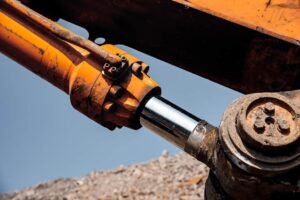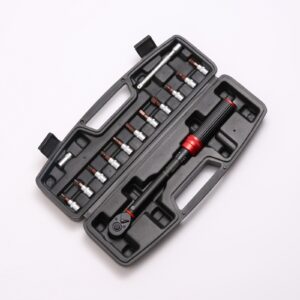Introduction to Industrial Fabric Laser Cutting Machines
Welcome to the world of industrial fabric laser cutting machine, where efficiency and precision are taking the textile industry by storm! Gone are the days of manual cutting and tedious patterns. With advanced laser technology at their fingertips, manufacturers can now transform fabrics with unrivaled accuracy and speed. In this blog post, we will delve into the fascinating realm of industrial fabric laser cutting machines and explore how they are revolutionizing the way textiles are produced. Get ready to be amazed as we uncover the countless advantages that come with embracing this innovative technology in the textile industry. So sit back, relax, and let’s embark on a journey through this exciting transformation!
Advantages of Using Laser Cutting Technology in the Textile Industry
Precision and efficiency are two crucial factors in the textile industry. With evolving technology, industrial fabric laser cutting machines have emerged as a game-changer for manufacturers. Let’s explore some of the advantages that this cutting-edge technology brings to the table.
Laser cutting machines offer unmatched precision. The high-powered lasers can cut through various types of fabrics with incredible accuracy, ensuring clean and precise edges every time. This level of precision minimizes material waste and allows for more efficient production processes.
Additionally, laser cutting technology enables intricate designs to be easily created on fabrics. From delicate lace patterns to detailed logos, these machines can handle even the most complex designs effortlessly. This opens up endless possibilities for creative expression in the textile industry.
Another advantage is speed. Laser cutting machines can swiftly process multiple layers of fabric simultaneously, significantly reducing production time compared to traditional methods. Manufacturers can fulfill orders faster without compromising on quality or accuracy.
Moreover, using laser cutting technology eliminates the need for manual labor-intensive tasks such as pattern tracing and hand-cutting. This automation not only saves time but also reduces the risk of errors caused by human intervention.
Furthermore, laser cutters provide versatility in terms of materials they can work with. They are capable of handling a wide range of fabrics – from cotton and silk to synthetic blends and leather – making them suitable for various applications within the textile industry.
Environmental sustainability is a significant advantage offered by industrial fabric laser cutting machines. Unlike traditional methods that generate substantial amounts of waste through excessive trimming or incorrect cuts, lasers produce minimal scraps due to their precise nature.
In conclusion (not concluding), it is evident that industrial fabric laser cutting machines bring numerous advantages to manufacturers in the textile industry – precision, efficiency, speed flexibility – all while promoting sustainable practices.

